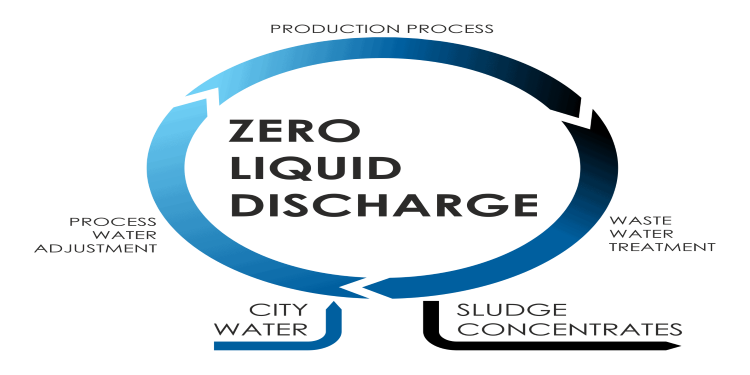In news: The Aqua Rejuvenation Pilot Plant (ARP) installed at CSIR-CMERI recently can help to reach towards a Zero Liquid Discharge Ecology
The Aqua Rejuvenation Pilot Plant (ARP) of CSIR
- To remove the water contaminants & to purify the sewage water ,CSIR-CMERI developed innovative technology in combination with chemical & physical processes such as
- Mechanical segregation & filtration
- Coagulation-flocculation techniques and
- Chemical/physical adsorption.
- It comprehensively treats WasteWater, based upon diverse purification parameters.
- The approx. 24,000 litres of Water that can be rejuvenated using ARP, will be sufficient for almost 4 acres of Agricultural Land (barring seasonal variations in water requirements).
- It is capable of removing all pollutants from sewage (below W.H.O recommended level) and based upon geographical variations they may be modified.
- The filter media is also locally source-able so as to ensure that there would not be any stress in the supply chain for scaled-up manufacturing of ARP.
How does it purify sewage water?
The methods of purification applied by CSIR-CMERI in this technology are
- Sedimentation (settlement of flocculated or coagulated particles)
- Filtration (process of removing solids from Liquid) and
- Aeration (Oxidation and Hydration).
Key benefits
- The technology will help in solving two problems at one go:
- In one hand it converts sewage water to potable water which may be used for agricultural purposes thereby conserving the fresh water resources
- On the other hand it helps to reduce the burden of pollutant enriched grey water converting it into potable one.
- An integrated mechanical and physico-chemical treatment processes based water purification system for effective removal of sewage water contaminants.
- The technology is economical in terms of maintenance and affordable in terms of operation.
- Sustainability towards healthy livelihood generation
- Selective backwash without dismantling any part of the plant; less cumbersome approach.
Significance of the technology
- ARP has maximum capacity to treat 40,000 litres/day in its scaled-up version. With this technology, CSIR-CMERI will incrementally reach towards a Zero Liquid Discharge Ecology.
- The treated water processed from the ARP is preferable for agricultural purposes and with enhanced settling time it can be used for drinking purposes.
- This treated water will help to improve the environment by fixation of carbon dioxide and will also provide food security.
What is a Zero Liquid DischargeZLD)?
- It refers to a treatment process in which the plant discharges no liquid effluent into surface waters, in effect completely eliminating the environmental pollution associated with treatment.
- It is a combination of technologies that work together to minimize wastewater as much as technically and economically practical, often resulting in a concentrated solid product and high-quality clean water for re-use or environmental discharge.
- It is achieved by treating wastewater through recycling and then recovery and reuse for industrial purposes.
Components of ZLD
A systematic ZLD is made up of the following components:
- pretreatment (physicochemical and Biological)
- RO (membrane processes)
- evaporator and crystallizer (thermal processes)
How does it work?
ZLD systems employ advanced wastewater/desalination treatment technologies to purify and recycle virtually all of the wastewater produced

Benefits of ZLD
Following are the benefits of ZLD system
- Wastewater discharge is avoided by recycling.
- Recovery of water and salt aids in reducing the cost of operation of ZLD.
- It promotes the sustainability of the industry and the environment at large.
- There is less use of water by the textile industry, which means water is available for other purposes such as irrigation (agriculture) and domestic utilities.
- ZLD helps recover the environment.
- The sludge can be effectively used by the cement industry.














